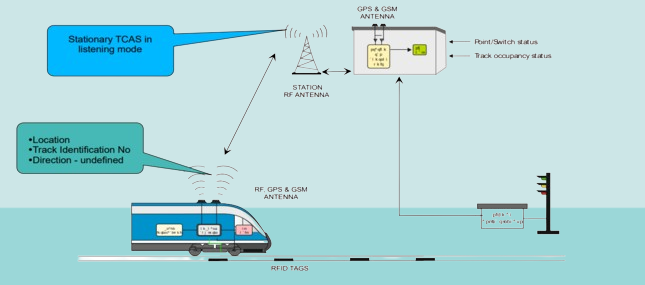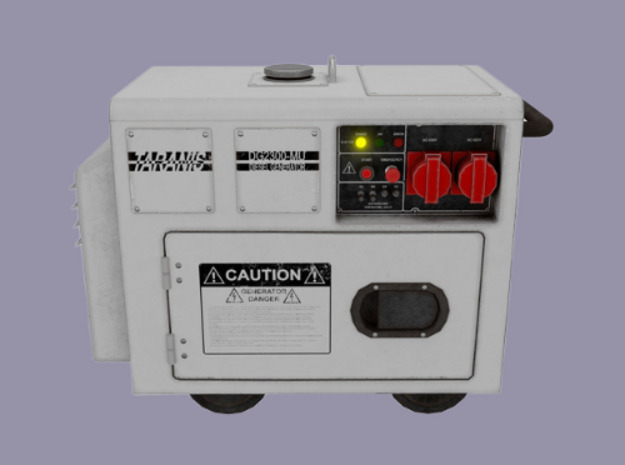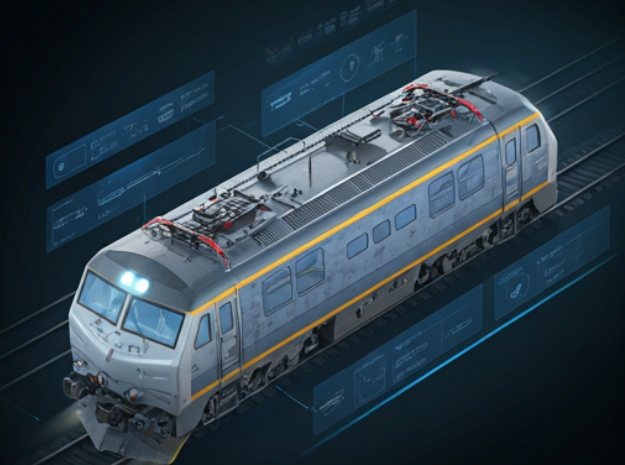Train Collision Avoidance System
Securing Every Mile with Train Collision Prevention

VisionRails' Train Collision Avoidance System (TCAS) is an advanced, cost-effective, and SIL-4 certified solution designed to prioritize the safety of passengers and railway assets. By minimizing the risk of human error, the TCAS provides automated control and protection, effectively preventing collisions and catastrophic accidents. This system is deployed across mainline railways, freight lines, and long-distance trains, ensuring seamless and secure operations.
The Train Collision Avoidance System (TCAS) utilizes advanced technology for real-time monitoring and quick decision-making, improving track safety. Its automated features detect and mitigate potential hazards, ensuring a safer journey for operators and passengers.
TCAS Solution Design
Installation
- System Integration: Install TCAS to interface with existing systems.
- Sensor Placement:Position sensors on trains and tracks for monitoring.
- Control Units SetupPlace control units for real-time processing.
- Network Setup: Establish a reliable communication network.
- Testing and Calibration: Conduct system testing and calibration.
- Training:Train operators and maintenance teams on system use.
Components
- Application Server: Central server for data processing and system control.
- Workstations:Terminals for operational staff to monitor and manage the system.
- SensorsDevices to track train speed, location, and track conditions.
- Control Units: Hardware units for real-time data processing and safety management.
- Communication System: Network for data exchange between trains and control centers.
- Emergency Response Mechanism:Automated system to apply brakes or adjust speed when necessary.
Configuration
- System Integration: TCAS integrates with existing control systems and signaling technologies.
- Sensor Calibration: Sensors monitor speed, location, and track conditions in real-time.
- Speed Control: : Configures safe speed limits and movement authority based on track conditions.
- Hazard Detection:Algorithms detect potential collision risks by analyzing train positions.
- Automated Response:TCAS automatically adjusts speed or applies brakes to prevent collisions.
- Communication Setup:Ensures seamless data exchange between trains, control centers, and signals.
Features
- Real-Time Speed Monitoring:Monitors train speed in real-time to ensure safe operation limits are not exceeded.
- Automated Speed Adjustment: Automatically adjusts speed or applies brakes if unsafe conditions are detected.
- Real-Time Data Integration: Grants movement authority based on real-time track and signaling data.
- Preventing Unauthorized Movements: Prevents unauthorized train movements to avoid potential conflicts on the tracks.
- Continuous Hazard Detection: Continuously monitors train positions and track conditions to detect potential hazards.
- Automated Emergency Responses:Provides automated emergency responses, such as braking, to mitigate collision risks.


Benefits
- Enhanced Safety:Minimizes the risk of collisions through real-time monitoring and automated responses.
- Reduced Human Error:Automates key functions, reducing the chances of human error in critical situations.
- Real-Time Hazard Detection:Detects potential hazards and allows for immediate action to prevent accidents.
- Faster Response Times:Automated systems enable faster responses to potential collision risks.
- Increased Operational Efficiency:Reduces delays and accidents, ensuring smoother railway operations.
- Comprehensive Coverage:Suitable for mainline railways, freight, and long-distance trains, ensuring widespread safety.
- Regulatory Compliance:Helps meet international safety standards and regulatory requirements for railway safety.
